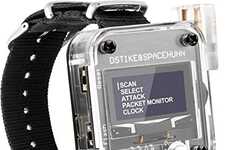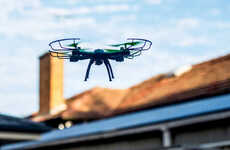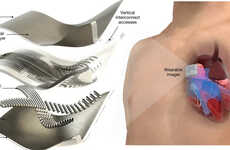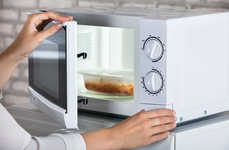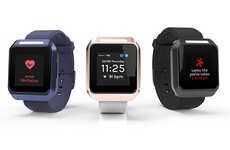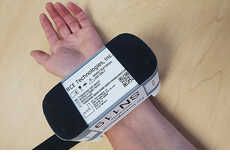
Wireless Access to Defibrillators & Pacemakers
Dee Sandin — March 12, 2008 — Unique
References: secure-medicine.org & nytimes
This is all kinds of wrong. A team of computer security researchers were able to gain wireless access to a combination heart defibrillator and pacemaker.
"They were able to reprogram it to shut down and to deliver jolts of electricity that would potentially be fatal — if the device had been in a person," according to Barnaby J. Feder at the NY Times. "In this case, the researcher were hacking into a device in a laboratory. The researchers said they had also been able to glean personal patient data by eavesdropping on signals from the tiny wireless radio that Medtronic, the device's maker, had embedded in the implant as a way to let doctors monitor and adjust it without surgery."
That's all we need. As bad as it all sounds, the report (which will be published at www.secure-medicine.org) says those with heart devices needn't live in fear.
"They were able to reprogram it to shut down and to deliver jolts of electricity that would potentially be fatal — if the device had been in a person," according to Barnaby J. Feder at the NY Times. "In this case, the researcher were hacking into a device in a laboratory. The researchers said they had also been able to glean personal patient data by eavesdropping on signals from the tiny wireless radio that Medtronic, the device's maker, had embedded in the implant as a way to let doctors monitor and adjust it without surgery."
That's all we need. As bad as it all sounds, the report (which will be published at www.secure-medicine.org) says those with heart devices needn't live in fear.
Trend Themes
1. Wireless Access to Medical Devices - There is a trend towards the wireless access of medical devices, posing potential security risks but also opportunities for enhanced monitoring and control.
2. Cybersecurity in Healthcare - Cybersecurity in the healthcare industry is becoming increasingly important as demonstrated by the ability to hack into a combination heart defibrillator and pacemaker.
3. Remote Patient Monitoring - The ability to remotely monitor and adjust medical devices, such as pacemakers, is a growing trend in healthcare, providing convenience and potential improvements in patient care.
Industry Implications
1. Medical Device Manufacturing - The medical device manufacturing industry needs to prioritize cybersecurity measures to protect patients from potential hacking threats.
2. Healthcare IT - The healthcare IT industry has an opportunity to develop advanced encryption and secure communication protocols to safeguard wireless-enabled medical devices.
3. Telemedicine - The telemedicine industry can leverage remote patient monitoring technologies to provide more efficient and personalized care while ensuring the security of patient data.
0.7
Score
Popularity
Activity
Freshness


